1,571 days, 2,407 entries ...
Newsticker, link list, time machine: HOLO.mg/stream logs emerging trajectories in art, science, technology, and culture––every day
“The room itself comes close to feeling like an instrument that is being played in real-time, one that sounds better the more bodies there are in the space to absorb its waves.”
Presenting physics-informed work-in-progress, Carsten Nicolai’s HYbr:ID opens at the Museum of Contemporary Art of Rome (MACRO). A listening lounge featuring a sound piece that “oscillates between more stylized, dilated rhythms and dreamy atmospheres generated by low frequencies” inspired by Hermann Minkowski’s 1908 model of spacetime takes centre stage. Also presented are related drawings and graphics in which the German artist pushes the limits of musical notation.
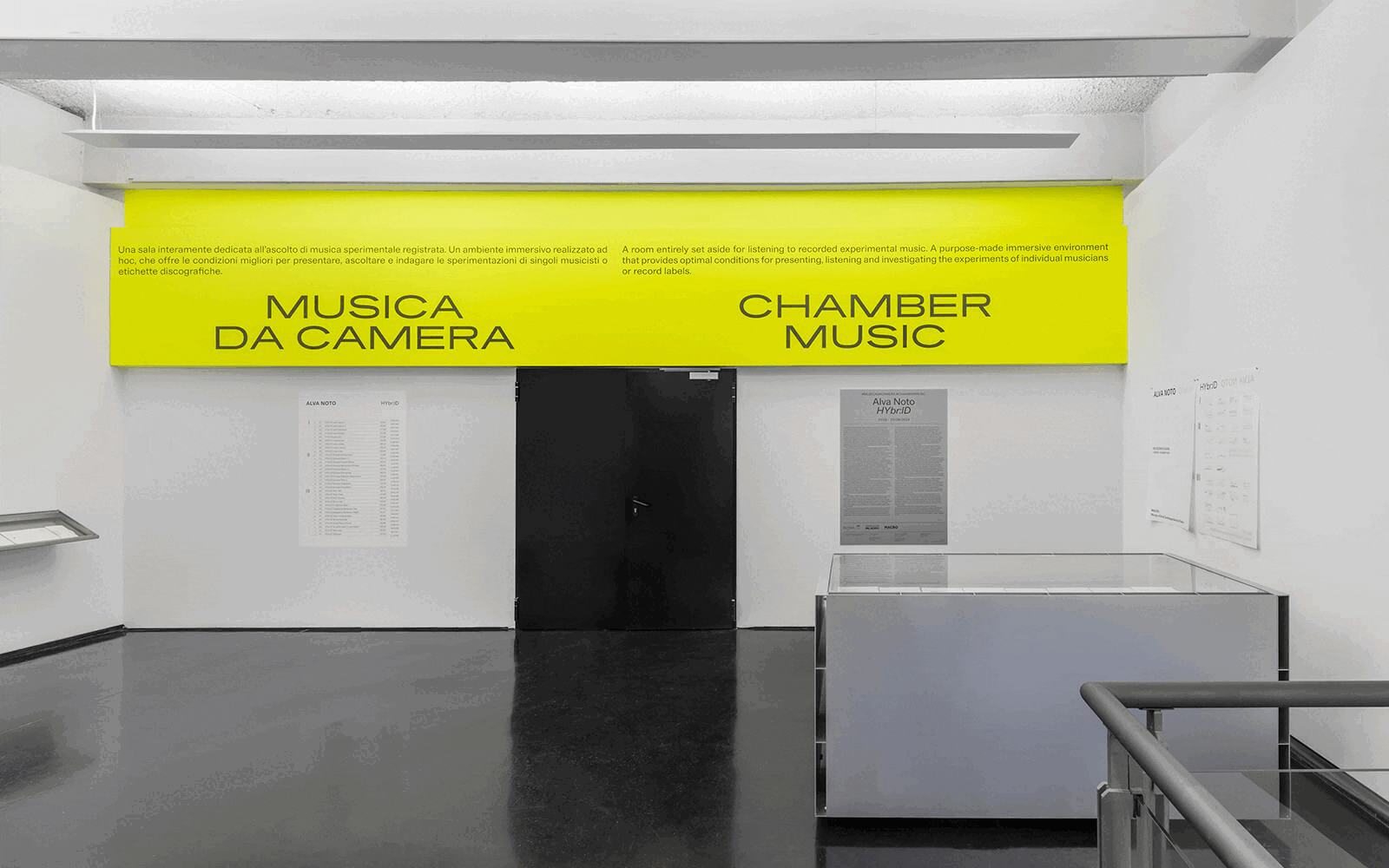
Tristan Perich
Pseudorandom
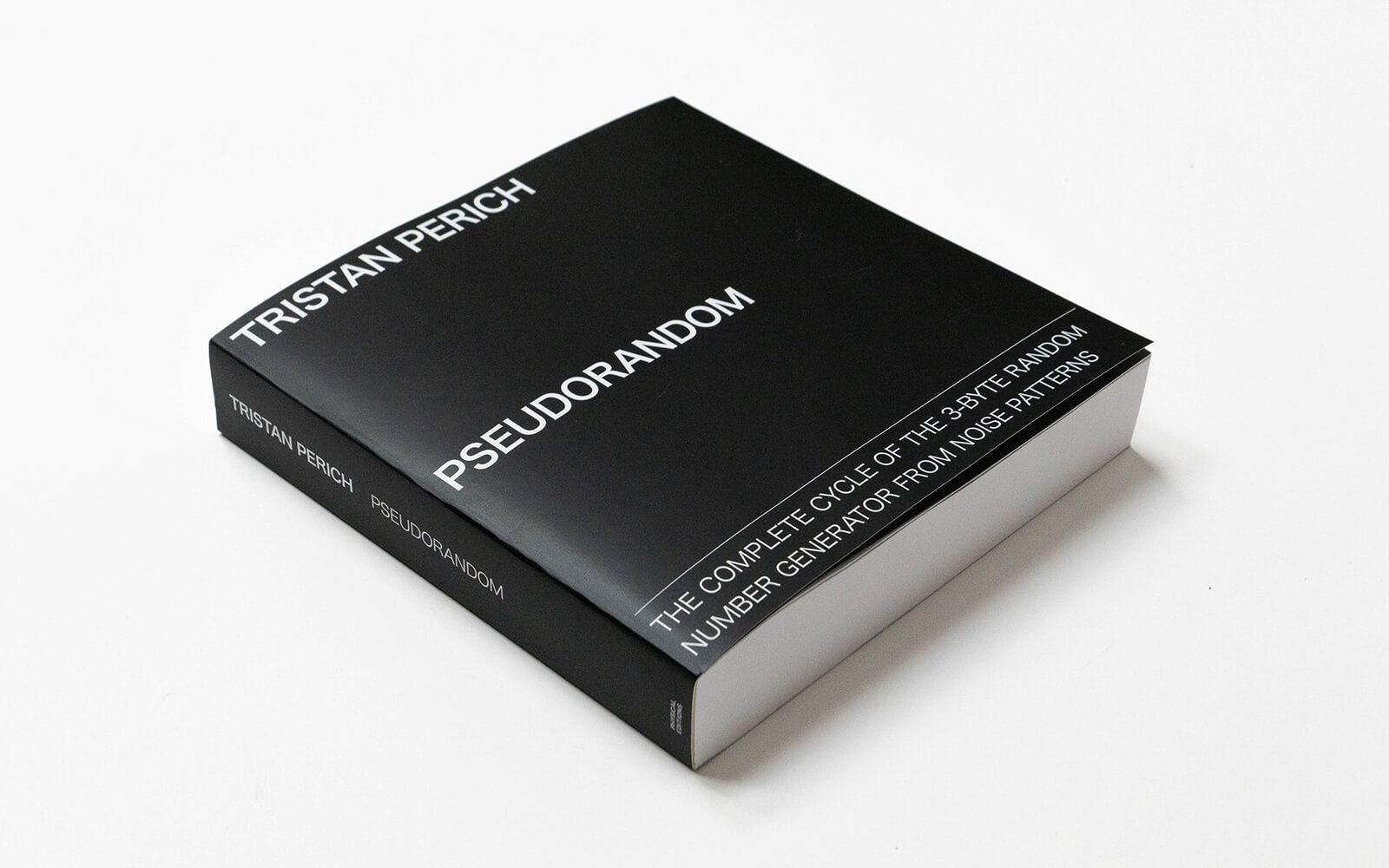
Ryuichi Sakamoto
(1952-2023)
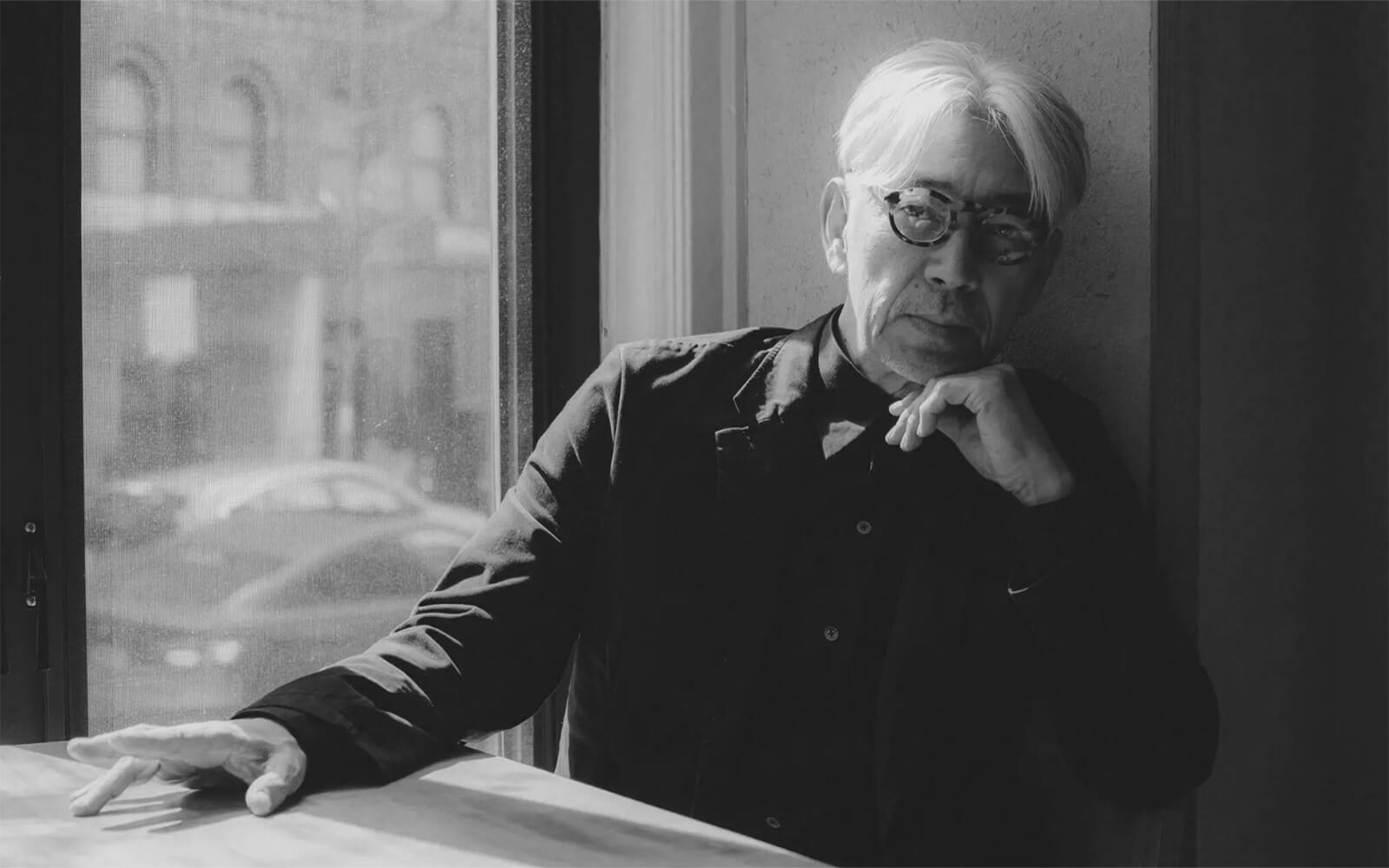
“Wanna talk about ‘PC music?’ It’s one cello sample and a computer, baby.”
DeForrest Brown, Jr.
Assembling a Black Counter Culture
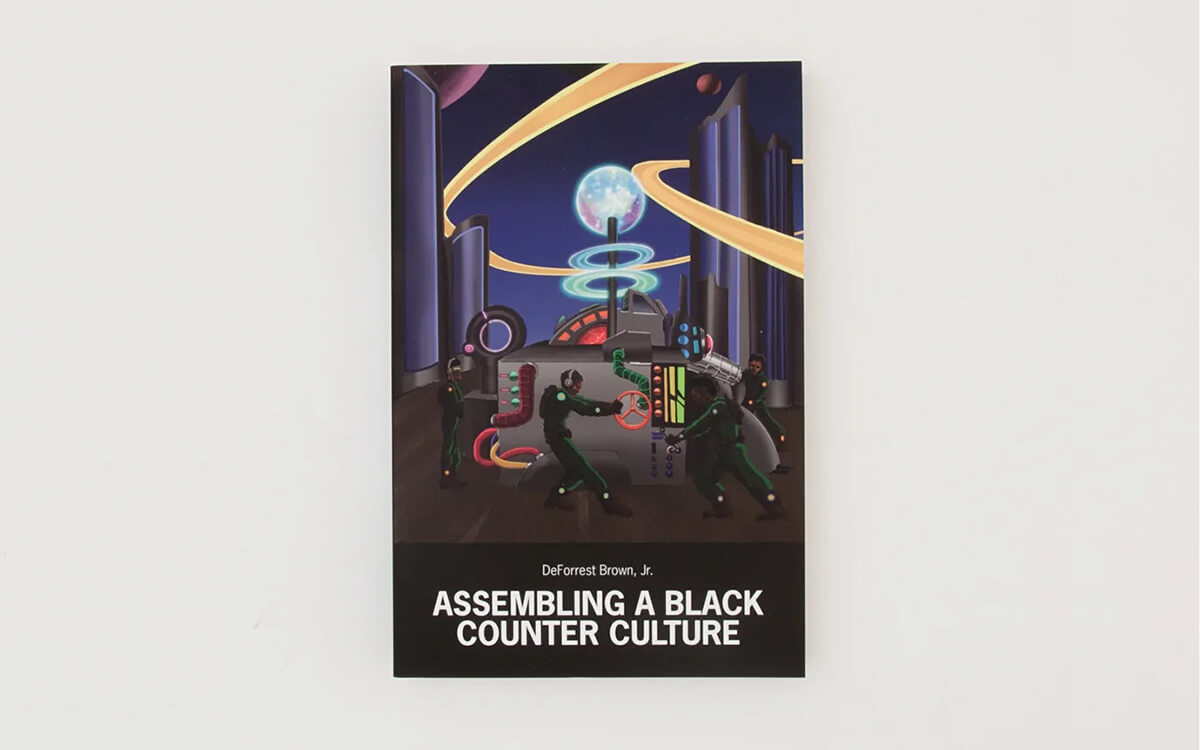
Chantal Passamonte
(1970-2022)

“When I was pregnant, I had this powerful experience of understanding myself as a vessel or a container for another voice.”
Alex Schweder’s “The Sound and the Future” opens at Clifford Gallery in Hamilton, New York. Its name borrowed from its lone work, the exhibition offers a fun glimpse into Schweder’s world of “performance architecture”—dynamic architectural and sculptural forms. Here, a made-to-order very Detroit installation, first shown at Wasserman Projects in 2016, sways again; a homage to Motor City’s dance music genre, silvery nylon inflatables undulate, animated by blown air, to a slowed down techno soundtrack.
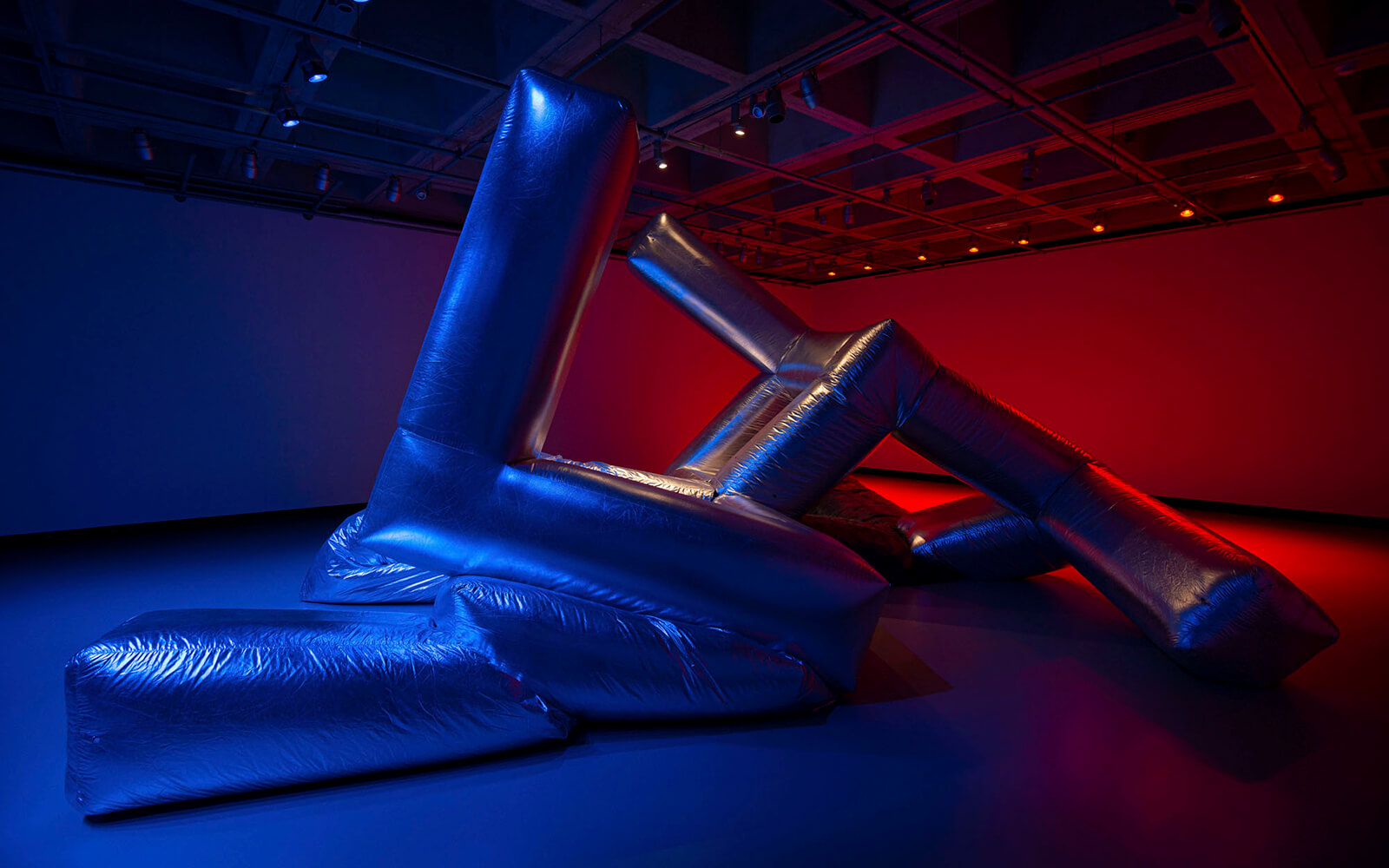
A project linking the ISM, MESS, the Moogseum and 50+ museums and cultural organizations, “Music, Makers & Machines” launches. The Google Arts and Culture online exhibition offers “a brief history of electronic music“ through an innovative archival interface; visitors can explore nightlife oral histories, inventor biographies, music technology timelines, and musician influence maps (image: Daphne Oram, of BBC Radiophonic Workshop fame) as a way to sidestep histories of genre, and blur the lines between music making and engineering.
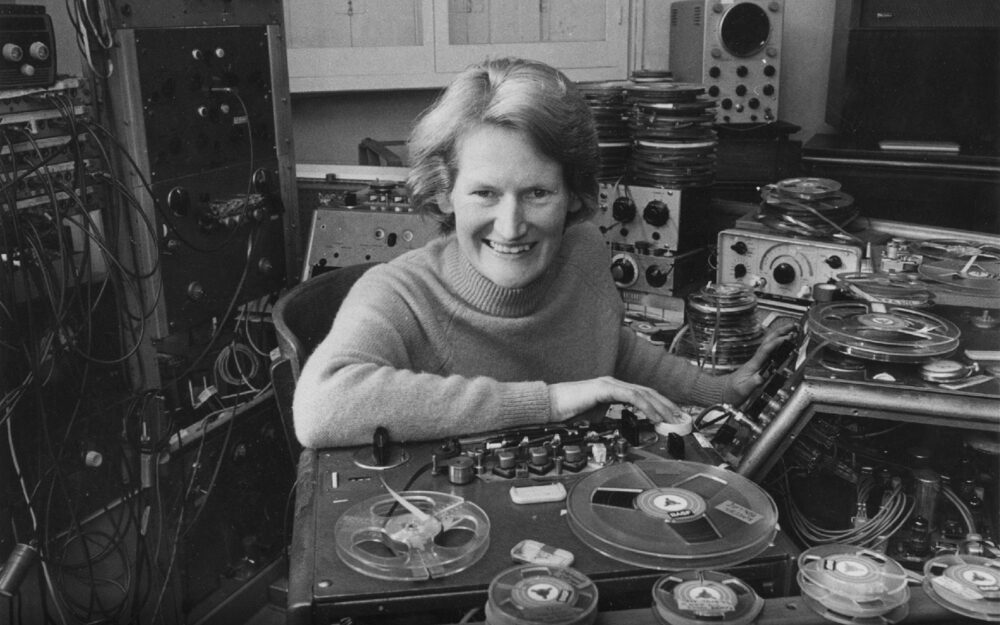
“We will always choose a lesser home-brewed tool tailored specifically to our own needs, over a better generic tool that we have not built and do not understand.”
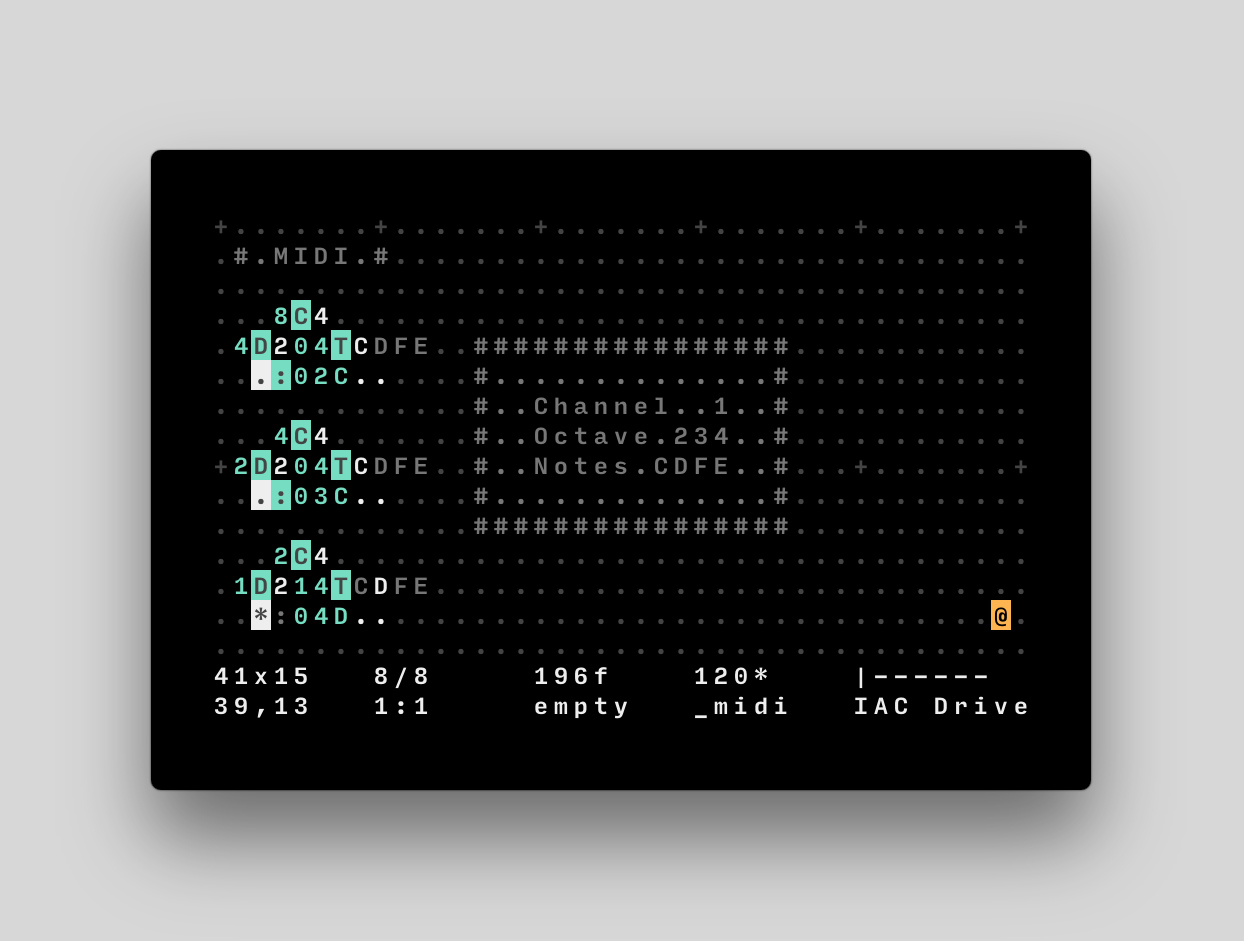
“Normally, good parties have people in them. The smells of sweat, the sticky limbs, the flânerie, the dopamine just gushing.”
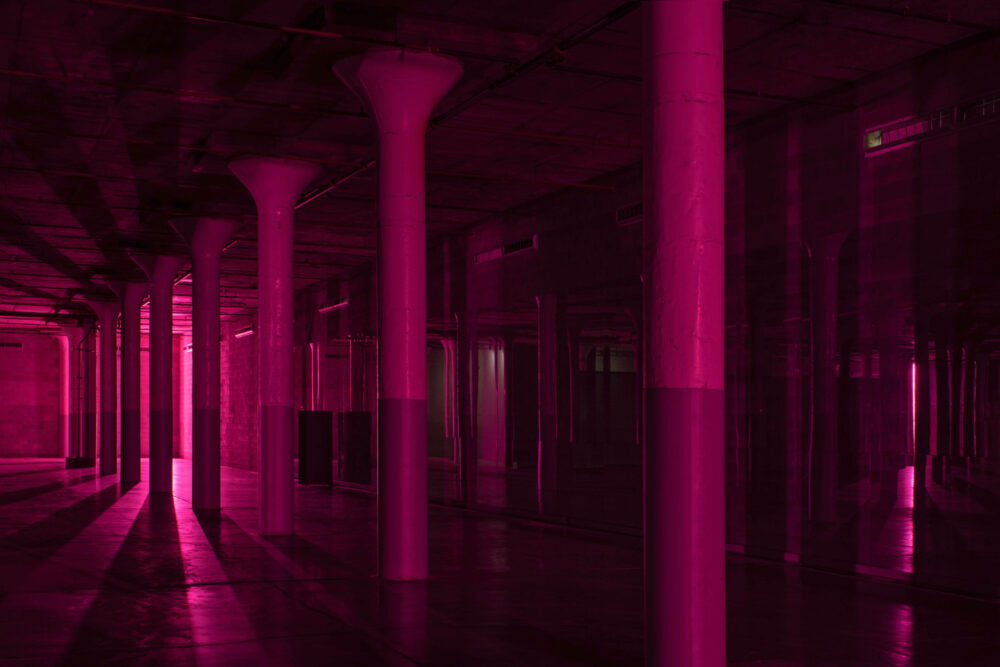
“There are people who say ‘I spend all day behind a computer; the last thing I want to do after work is look at a computer again,’ but for me, the computer is more like water. I don’t think I’m alone in that regard.”
Daily discoveries at the nexus of art, science, technology, and culture: Get full access by becoming a HOLO Reader!
- Perspective: research, long-form analysis, and critical commentary
- Encounters: in-depth artist profiles and studio visits of pioneers and key innovators
- Stream: a timeline and news archive with 1,200+ entries and counting
- Edition: HOLO’s annual collector’s edition that captures the calendar year in print
